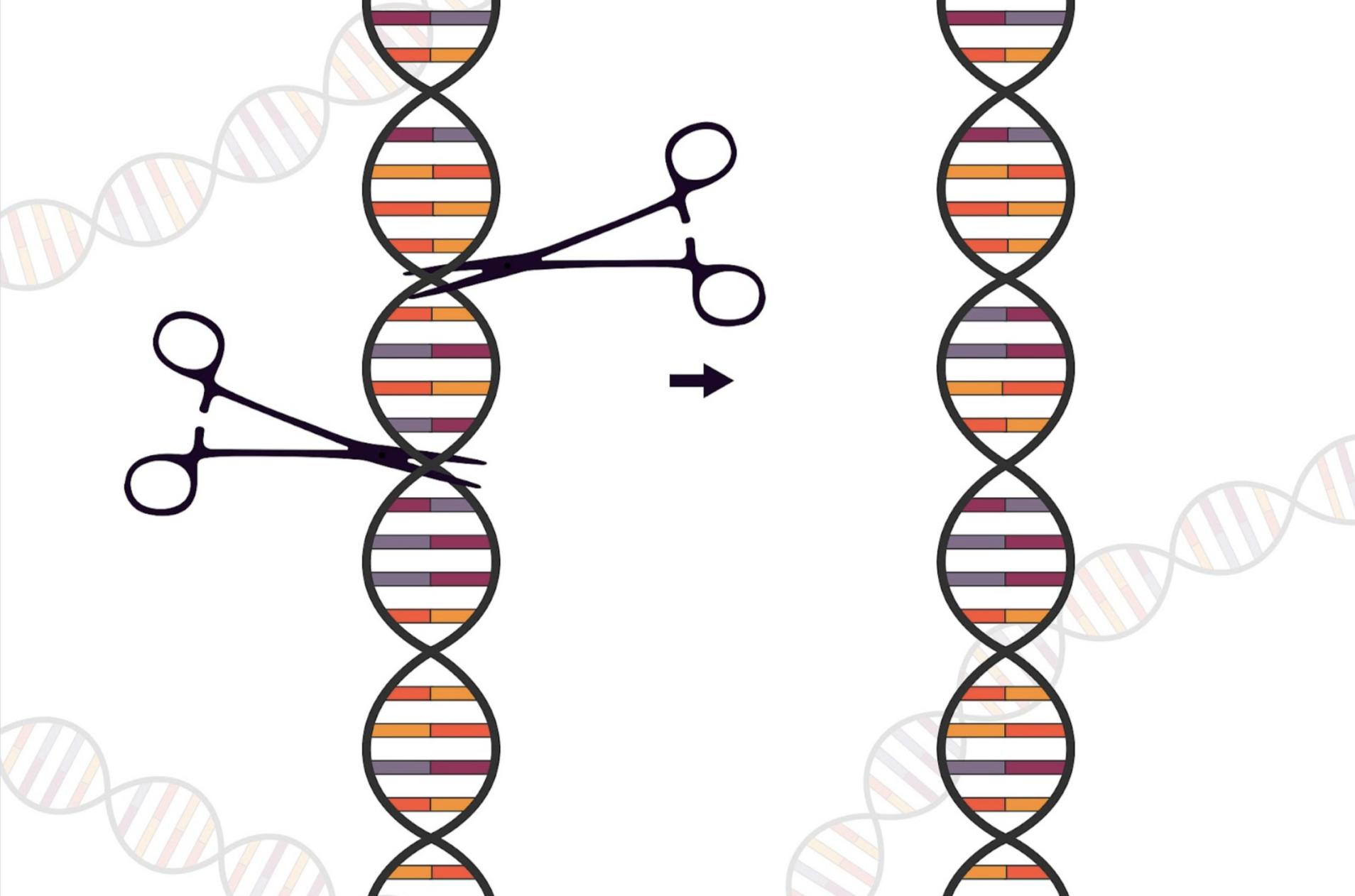
[객원 에디터 3기 / 장석현 기자] The 2020 Nobel Prize for chemistry was awarded to two famous biochemists, Jennifer Doudna and Emmanuelle Charpentier, for discovering the CRISPR Cas-9 genetic scissors and revolutionizing our approach to genome editing. Although various ethical questions have been raised, this technology has been used to develop new unique treatments for rare genetic diseases in universities and laboratories across the United States.
CRISPR Cas-9 is an enzyme capable of altering genetic sequences by cutting specific strands of Deoxyribonucleic Acids (DNA), thereby altering genetic compositions and characteristics. Doudna and Charpentier made their critical discovery during their research on the CRISPR bacterium, when they observed that the protein enzyme Cas-9 within the bacterium was capable of amputating certain parts of DNA. By combining this enzyme with ‘Guide RNAs,’ or pieces of RNA that act as guides for DNA enzymes, they developed CRISPR Cas-9. Though originally intended to improve plant and animal breeding, this technology has since been applied to treat patients of various genetic diseases.
Despite its many advantages, various concerns have been raised regarding the ethical implications of this new technology. As individuals can now use genetic rendering to become stronger and healthier, some fear that this will reduce the diversity in human genes and sideline biologically-disadvantaged people from mainstream society. Many experts say that having a wide diversity of human genetics will allow humans to gain greater resilience towards global threats, such as climate change, in the long-term. As a result, many governments have outlawed editing human embryos. The American Food and Drug Administration (FDA) has banned testing and editing sperm and egg cells, while the United Kingdom has enacted a new committee – the Human Fertilization and Embryology Authority – to regulate private and civilian access to this technology.
CRISPR Cas-9 is currently undergoing clinical trials for five diseases: blood disorder, cancer, eye disease, chronic infection, and protein-folding. The University of Massachusetts medical school has also conducted trial cases on volunteer patients, clearing over 93% of toxin-producing gene strands after six months of treatment. In addition, researchers at the Ohio State University have developed a vaccine using CRISPR that protects against the parasitic skin disease, Leishmania Mexicana. The enzyme enters the human body and removes the parasite’s centrin – a gene that codes for the proteins inducing parasitic cell division – and deactivates the parasite’s marker gene for antibiotic resistance.
CRISPR Cas-9 brings hope for new treatment methods for patients suffering from various genetic disorders. However, as the technology matures, it is important for governments to ensure that access is universal for all who need it, and not just for the wealthy and influential countries. This can be achieved through tackling existing socioeconomic gaps and subsidizing firms to reduce treatment costs in developing nations. If this can be achieved, CRISPR Cas-9 might just be the next evolutionary step in medical technology.
Sources: Scientific American, Innovative Genomics, The Scientists, Labroots, and Live Sciences





